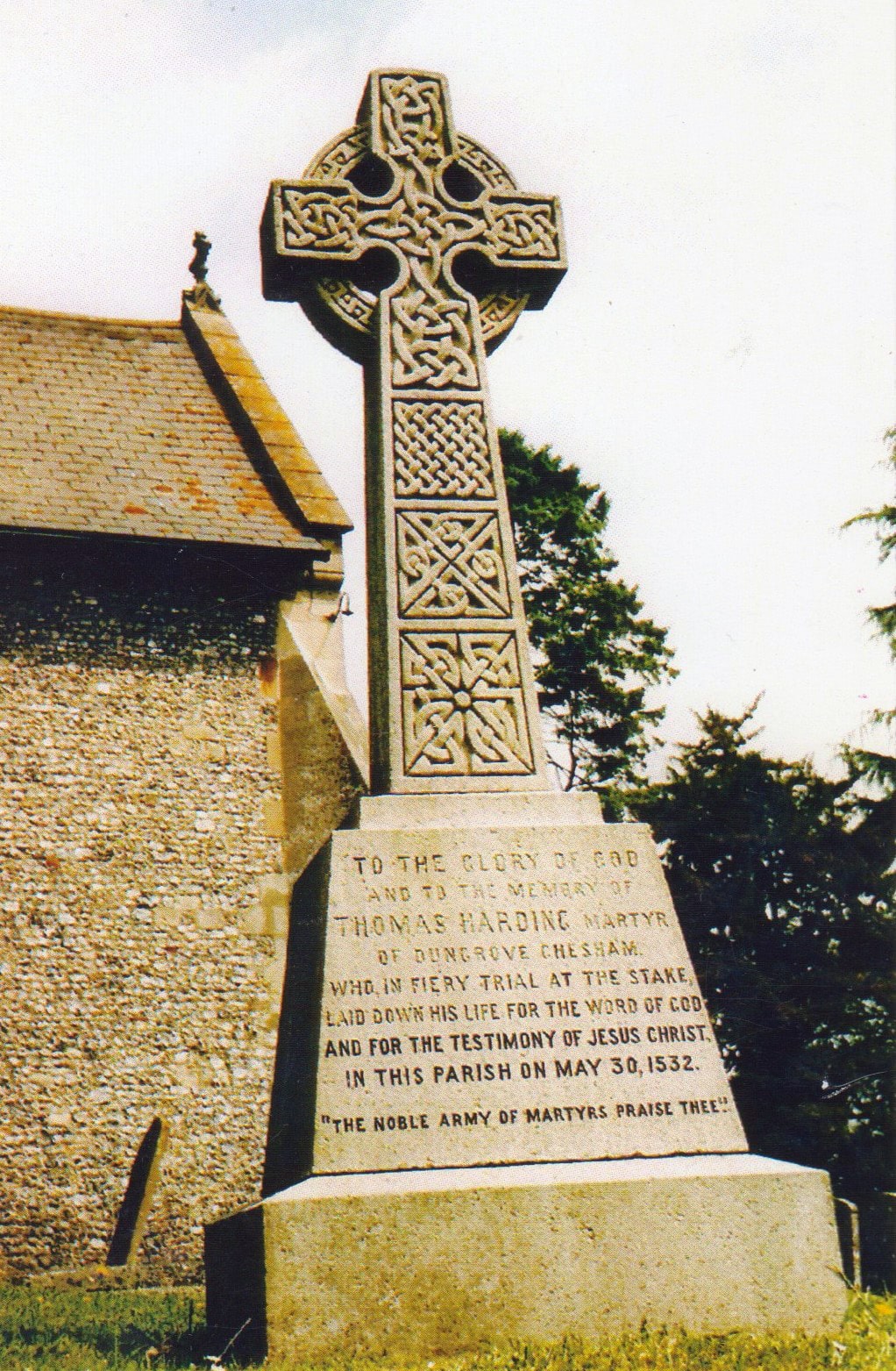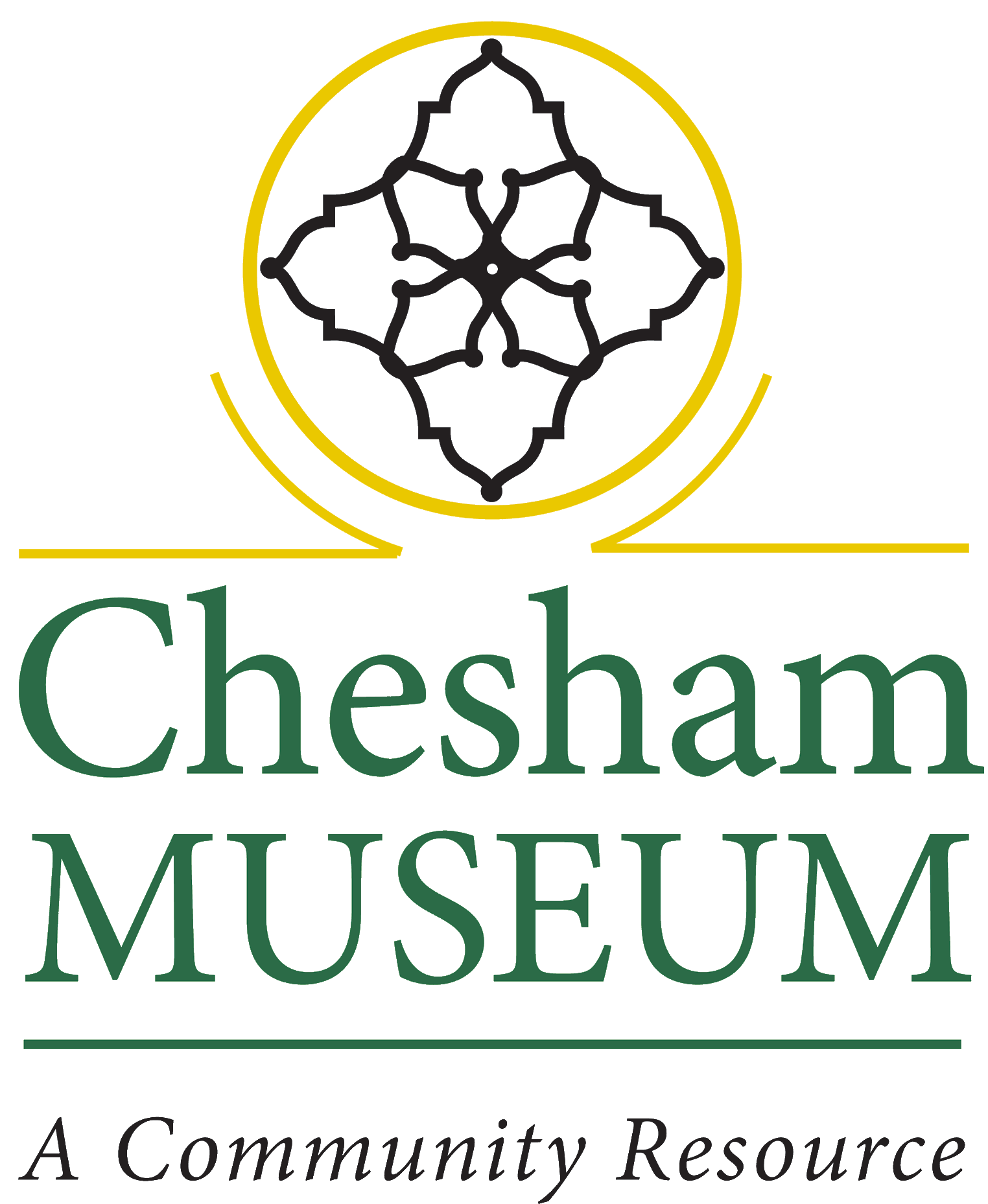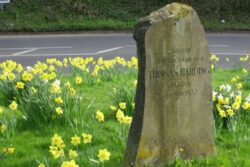The Lollards in Chesham
The Lollard movement
View The Lollards in Chesham by:
Many powerful men were influenced by the teachings of John Wyclif, a young Oxford scholar born in 1330. In Buckinghamshire, these included members of the Cheyne family who possessed Grove Manor in Chesham.
Wyclif’s beliefs led him ultimately to dismiss the institutional church out of hand, doubt the need for clergy, to question their sacramental efficacy and even to question the sacramental mystery of the Mass itself.
Wyclif’s teachings spread from Oxford to Leicester and by 1381, Nicholas Hereford and Philip Repingdon, who were Austin canons from the Abbey of St Mary in Leicester, one of the two Abbeys claiming ownership of the parish of Chesham, were engaged in a translation of the bible into English.
The Church hierarchy of the time did nothing to discourage the spread of Lollardy. The Abbot of Leicester in 1377 appeared sympathetic to the movement and John of Gaunt, Earl of Leicester, took the entire situation under his protection.
By 1382, however, Archbishop Courtenay of Canterbury had had enough and crushed the academic side of the Lollard movement at its heart in Oxford.
Some of the Chesham Leicester vicars are known to have been Lollards. John Woodard, instituted in 1404; Richard Monk appointed in 1421; John Gamelyngay who was vicar in 1423 and Thomas Bolle who resigned in 1434.
As noble support for the Lollards waned, ordinary people took their place. The local centre for Lollardy was Amersham and it was here that one person was burnt at the stake in 1511 and a further six in 1521.
Also accused, although he managed to avoid the stake on this occasion was Thomas Harding who nevertheless had to perform penance and recant his beliefs. Thomas and his family moved to Chesham in 1522.
By 1532, Thomas was again under suspicion and a search of his home revealed books criticising the established church, and a bible in English.
He was brought before the Bishop of Lincoln, found guilty and sentenced to be burnt at the stake.
The night before sentence was carried out, he was kept in an upstairs room at the parish church and the following morning taken to a dell up White Hill close to the Centre.
Here he was chained to the stake but before the flames could consume him, a large piece of wood thrown by one of the crowd hit his head and “dashed his brains out”.
There is a cross in St. Mary’s churchyard commemorating his death and he is known as the last of the Lollard martyrs.




